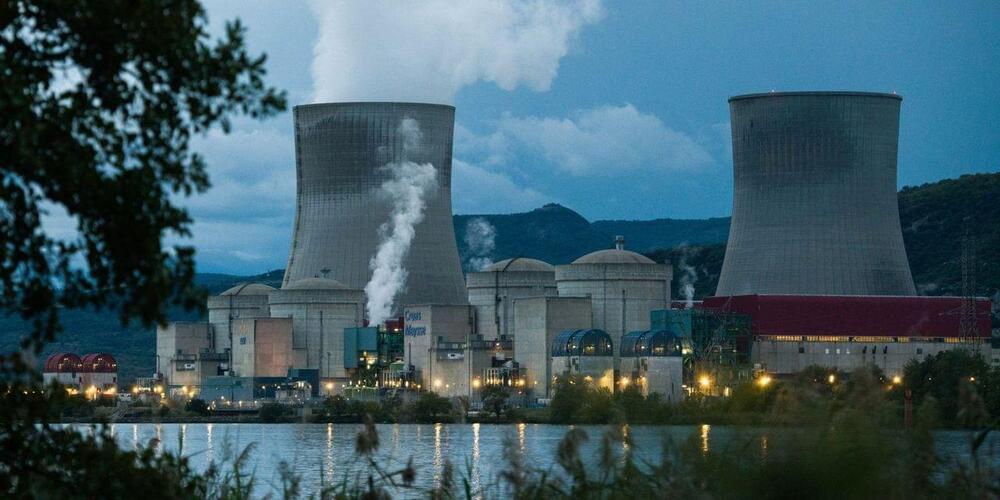A fascinating new look at the patents and defense projects in the US Military and its hopefully fusion powered future. (FUSION POWER: Only 20 years away for the last 40 years!! 😉)
Back in 2018, Lockheed Martin filed a patent for something it called a “plasma confinement system” — a device small enough to fit inside the fuselage of an F-16 Fighting Falcon that is capable of managing internal temperatures 10 times hotter than the center of the sun.
This scalable device was designed to play a vital role in containing an approach to power production that some still consider science fiction: nuclear fusion. Now, recent advancements in the field are making fusion power look not just possible, but potentially even feasible. In the coming years, fusion could not only change everything about the way the world fights wars… it could even change the way humanity approaches conflict itself.
And it all might start within the shadowy confines of the Pentagon’s black budget.
📱 Follow Sandboxx News on social.




